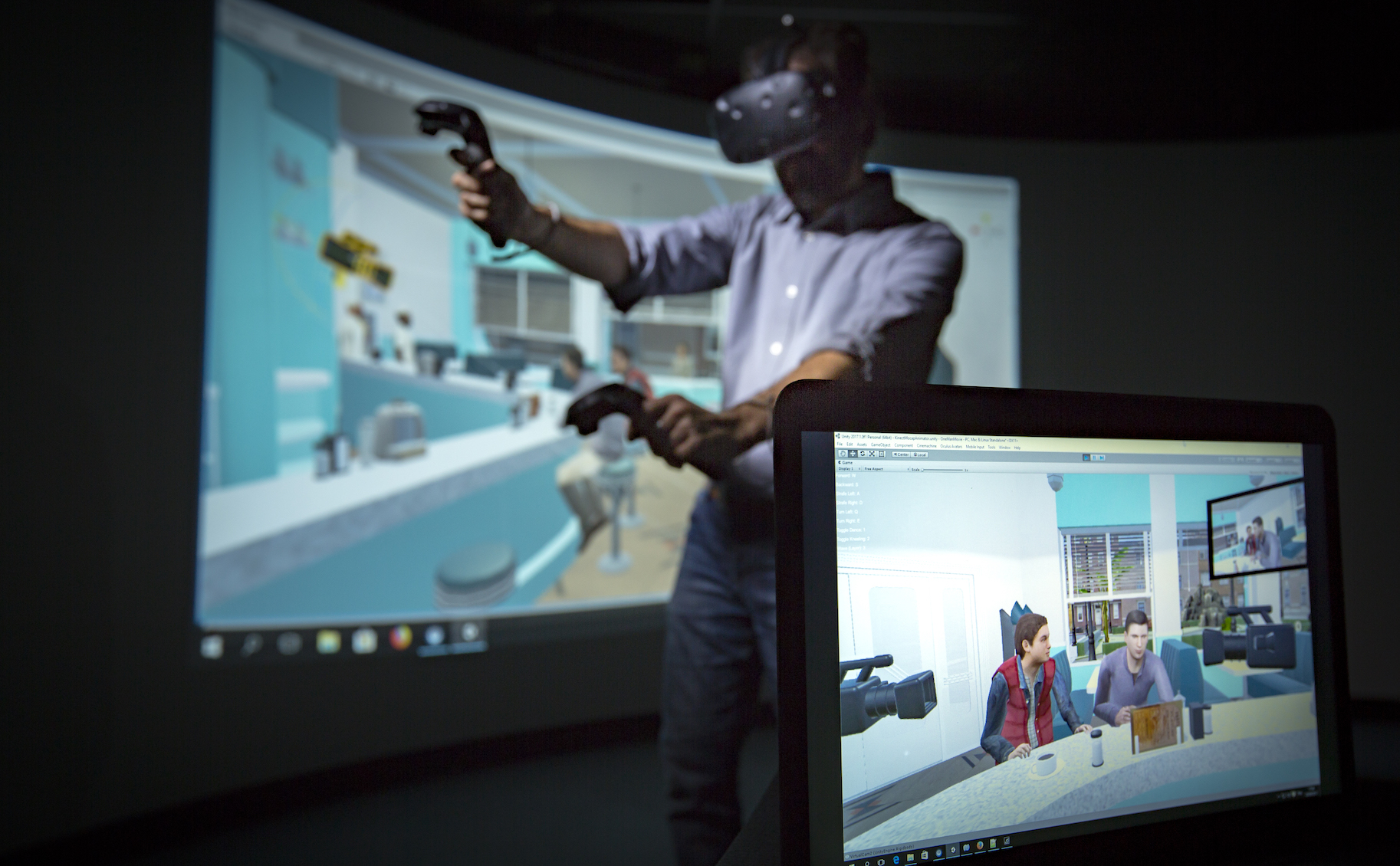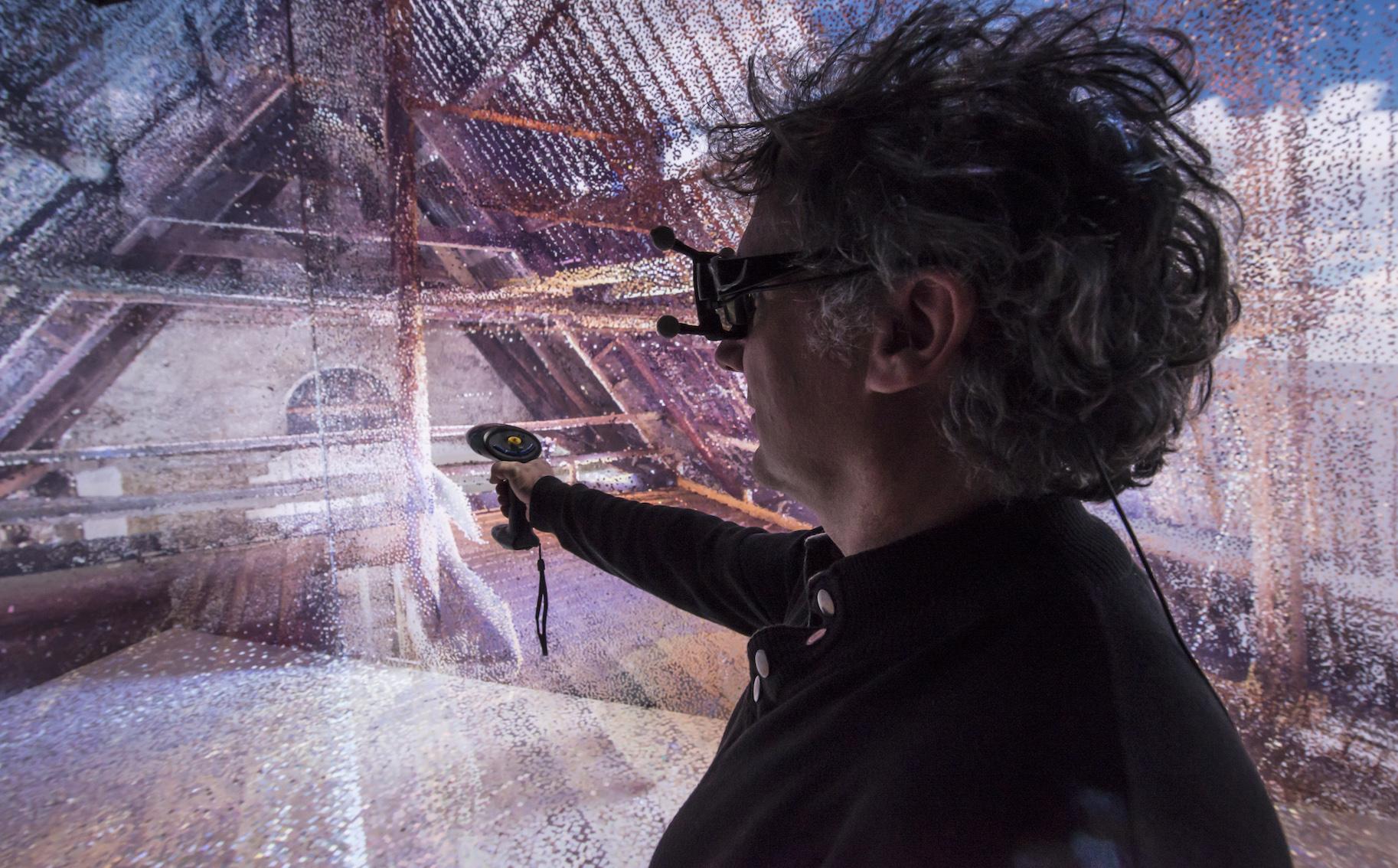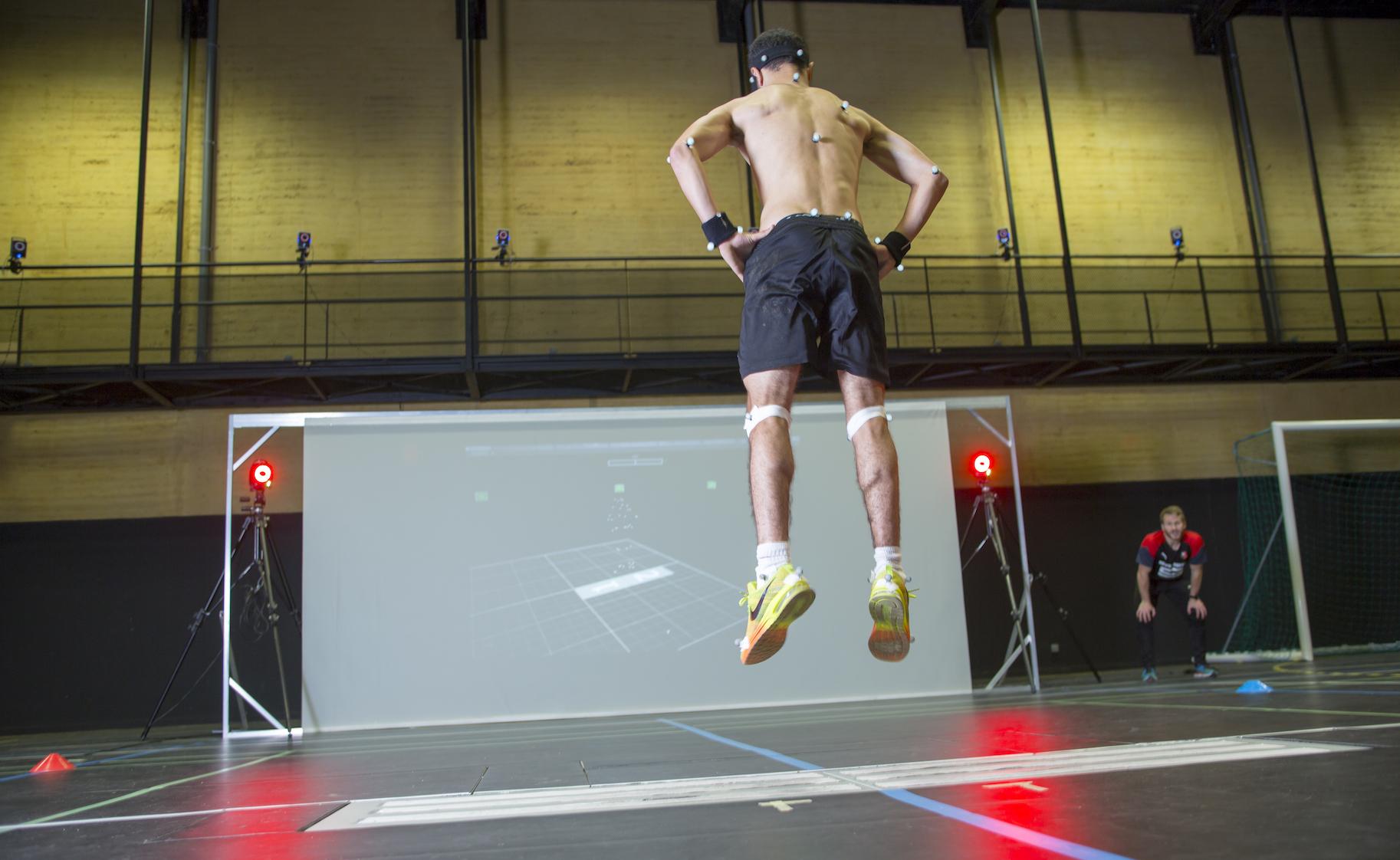The essential on: virtual reality
Date:
Changed on 16/11/2021

Virtual reality refers to a set of technologies and a sensitive experience, associated with the "immersion" of a user in a synthetic environment simulated by a computer.
By stimulating as many of the senses as possible, such as vision, hearing, touch and even smell or proprioception, virtual reality allows its users to have highly immersive experiences in which they can interact with virtual elements in 3D, thanks to adapted technologies such as headsets.
"Virtual reality refers both to a set of immersive technologies (which will immerse the user in an alternative 3D universe), to a scientific field (which was created some thirty years ago and which brings together researchers interested in the design of these technologies, their uses, and the associated perceptual phenomena), and finally to a situation and a psychological state (the impression of being projected elsewhere, over there, in this other virtual universe)," explains Anatole Lécuyer, research director at the Inria Rennes Bretagne-Atlantique centre.
What is the difference between virtual reality and augmented reality?
Augmented reality seeks to incorporate virtual elements into the real world using computer and optical technologies. The real environment and virtual objects are therefore superimposed, in the same image or space, in real time. Virtual reality, on the other hand, is based on the user's immersion in a completely synthetic, computer-generated environment.
"Virtual reality is well suited to certain fields, or certain cases, such as the treatment of specific phobias, since it will offer the user a secure environment in order to treat them," explains Martin Hachet, head of the Potioc project team (Inria Bordeaux - Sud-Ouest), before adding, "Augmented reality, on the other hand, is better suited to other fields of application, such as education, where it may be important not to isolate the user from his or her real physical and social environment".
It is difficult to date the birth of virtual reality precisely as it is based on several important stages. While the term "virtual reality" has its origins in the book "Le Théâtre et son double", published in 1938 by the Frenchman Antonin Artaud, it was not until 1987 that it took on a technological dimension thanks to Jaron Lanier, whose research and engineering contributed to the creation of a number of products for the nascent virtual reality industry.
Between these two dates, there were several developments in the development of VR (virtual reality), starting with film producer Morton Heilig's development in 1956 of the "Sensorama", a device that allowed a film to be viewed in three dimensions while several senses were stimulated, and Ivan Sutherland's creation of the first virtual reality headset in 1968.
Long perceived by the general public as a technology designed to serve only the video game industry, virtual reality represents a rapidly expanding opportunity for many other fields of application. The prohibitive prices and cumbersome gadgets that made VR a niche sector are now being replaced by offerings and especially headsets that are constantly evolving to offer new and more immersive experiences.
"Virtual reality is really useful and has been used by many industries, in many different fields, for several decades now, but it has not yet reached the general public. Other types of applications, which will now reach individuals, are gradually developing, particularly in culture, entertainment and health, and should really take off in the next few years," says Anatole Lécuyer.
According to the latest report from Grand View Research, the global virtual reality market is expected to more than triple over the next seven years, from $21.83 billion in 2021 to $69.6 billion by 2028.


